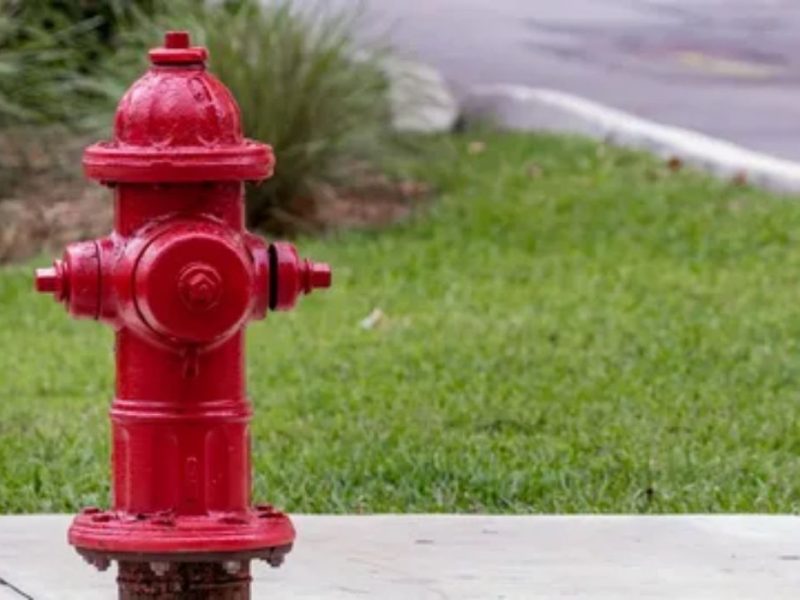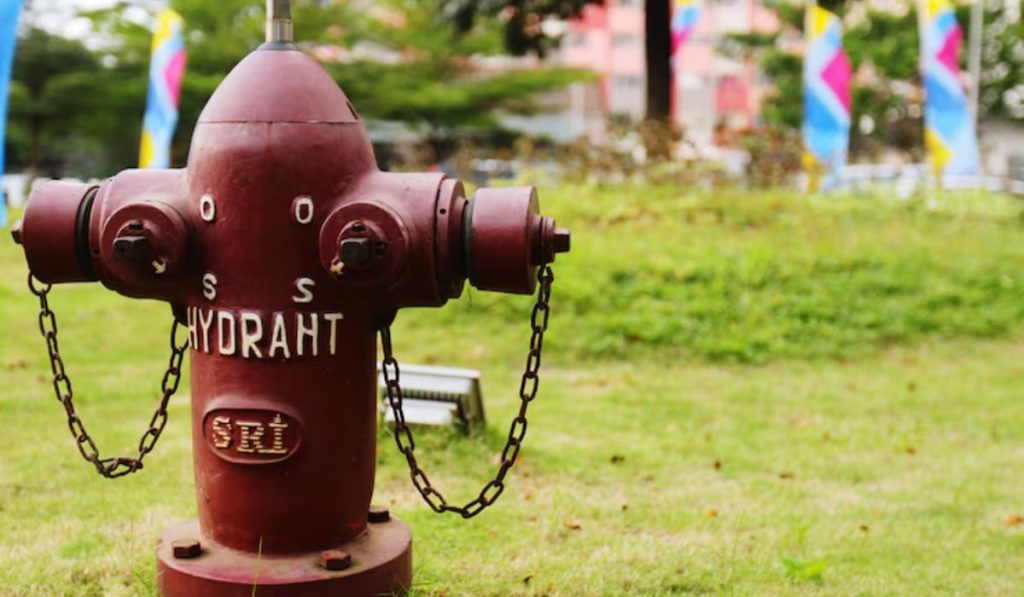
A Wet Barrel Fire Hydrant is a crucial component in fire safety systems, particularly in areas with warm climates where freezing is not a concern. These hydrants provide immediate water access, making them essential for firefighting operations. However, not all fire hydrants are built with the same level of quality. Identifying a high-quality wet barrel hydrant ensures durability, reliability, and efficiency in emergency situations. Here’s how you can determine the best one.
1.Material and Build Quality
The material used in constructing a wet barrel hydrant directly impacts its durability and performance. High-quality hydrants are made from:
- Ductile Iron or Bronze: These materials resist corrosion and ensure a long lifespan.
- Epoxy Coating: Prevents rust and enhances durability.
- Stainless Steel Fasteners: Ensure secure fittings and prevent leaks.
Always check the manufacturer’s specifications for material details before purchasing.
2.Compliance with Safety Standards
A high-quality fire hydrant must adhere to national and international safety standards. Some key certifications to look for include:
- NFPA (National Fire Protection Association) standards
- AWWA (American Water Works Association) compliance
- UL (Underwriters Laboratories) and FM (Factory Mutual) Approvals
These certifications indicate that the hydrant has undergone rigorous testing and meets industry safety requirements.
3.Flow Capacity and Pressure Rating
The effectiveness of a wet barrel hydrant depends on its water flow rate and pressure handling capability. Consider:
- GPM (Gallons Per Minute) rating: A high-quality hydrant should provide at least 500-1500 GPM, depending on its size.
- Pressure Capacity: It should withstand high water pressure, typically 150-250 PSI, without failure.
Ensuring these factors guarantees that the hydrant can supply sufficient water during emergencies.
4.Ease of Operation and Maintenance
A well-designed fire hydrant should be user-friendly and require minimal maintenance. Look for:
- Simple Turn Valve Operation: Allows firefighters to access water quickly.
- Replaceable Components: Helps in easy repairs without replacing the entire hydrant.
- Clear Markings and Color Coding: Ensures quick identification and usability.
Regular maintenance is essential, so choosing a hydrant with easily replaceable parts ensures long-term reliability.
5.Corrosion and Weather Resistance
Fire hydrants are exposed to various environmental conditions, making corrosion resistance crucial. Features to look for include:
- Epoxy or Polyurethane Coating: Protects against rust and environmental wear.
- Brass or Bronze Nozzles: Provide additional protection against corrosion.
- Sealed Operating Mechanisms: Prevents debris and dirt from affecting performance.
A high-quality hydrant will remain functional for decades without significant degradation.
6.Tamper Resistance and Security
Fire hydrants must be protected against vandalism and unauthorized use. Features that enhance security include:
- Tamper-resistant caps
- Locking mechanisms
- Anti-theft valve designs
These features prevent misuse and ensure the hydrant remains operational for emergencies.
7.Reputation of the Manufacturer
Purchasing from a reputable manufacturer ensures reliability and compliance with safety standards. Look for companies with:
- Positive customer reviews
- Industry certifications
- Strong after-sales support
A well-known manufacturer provides warranties and guarantees, ensuring long-term reliability.
In Conclusion
Identifying a high-quality wet barrel fire hydrant is crucial for ensuring fire safety in urban and industrial settings. By considering material quality, safety certifications, flow capacity, ease of maintenance, corrosion resistance, and security features, you can select the best hydrant for your needs.
For top-tier fire safety solutions, trust Sensor Tech, a leader in advanced fire protection equipment.





